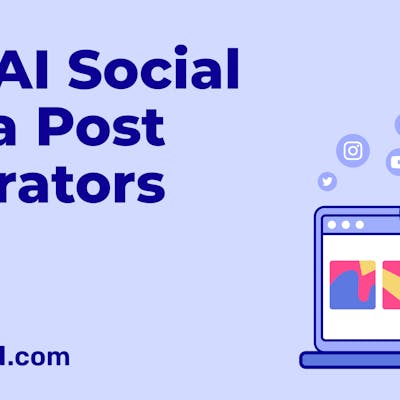Your employees are your greatest asset when it comes to building your brand online.
They can share company content, provide endorsements, write positive reviews, and engage with the brand’s followers on social media.
Employee advocacy is a powerful way to amplify your brand’s message and increase your online presence, but it’s not just about asking your employees to share your content.
It’s about creating a culture of advocacy where your employees are motivated and empowered to become ambassadors for your brand.
In this guide, we’ll show you how to turn your team into brand ambassadors and unleash the power of employee advocacy.
Why do you need employee advocacy?
Employees are often perceived as more trustworthy and credible than brand accounts, making their advocacy efforts more effective in building customer trust and increasing brand awareness.
In addition, employee advocacy can help companies reach a wider audience and improve their online presence, as the social networks of employees are typically larger than the brand’s own following.
In fact, content shared by employees receives 8X more engagement than content shared by brand channels.
When employees become advocates for their employer branding, they are more likely to feel a sense of ownership and loyalty towards the company, which can increase productivity and job satisfaction.
It also helps the brand build trust and credibility while attracting top talent to support the organization’s growth.
Types of employee advocacy?
There are different types of employee advocacy you can explore.
1. Gifts & Merch
Gifting your company small merch goodies during festivals or anniversaries will organically make them talk about the brand on their socials. You can even consider including unique items like canvas photo prints to add a personal touch, making the gift even more memorable and shareable. This brings a positive review for your company.
2. Internal Recognition
Having small activities like ‘Employee of The Month,’ ‘Team Awards,’ ‘Team Lunches,’ and other celebrations and internal appreciation help build a good culture and environment at work. This will get your employees to make brand statements with love and respect.
3. Social Acknowledgement
Appreciating your employees or hyping up what you do for them on social platforms encourages them to participate and engage by commenting and sharing content, promoting your brand.
Tips for launching employee advocacy programs
Setting up an employee program as an HR rep or manager can seem daunting, but it doesn’t have to be. Here’s how you can start
1. Incentivize employees to participate
Employees may not always be active in posting content related to the company. To make them participate organically, you can offer perks, recognition, and other incentives.
This will encourage them to engage more with the company’s social media content and share them on their socials.
2. Train Employees
Not everyone is okay with posting a lot on their socials. They might not be very active or don’t know what to talk about. Proper training can help them develop confidence and also understand the brand tone to publish content that aligns with your company.
Keep evaluating and training them about new platform trends or updates as and when they come.
3. Encourage originality
Personalized posts garner more reach and engagement than templatized posts. Provide them with the basic copy and ask them to add their personal touch. This helps build more legitimacy and humanizes the company.
4. Set KPIs
Establish proper KPIs for the employee advocacy program to measure the success rate. Then you can make amends from your learnings and make the program stronger.
Metrics to measure employee advocacy success
If you launched an employee advocacy program and wish to measure the results, there are several metrics you can check.
1. Referral Numbers
Check where your leads are coming from. Add a referral source where people can add it from your employee’s social content. This can be done for sales as well as new hires.
2. Adoption Rate
This tells how many accounts have been created and are active after you sent the invite for your program.
3. Top Performers
If there are people who bring a lot of engagement and reach, recognize and reward them.
4. Active Participation
Check the number of people posting for you on their accounts, including handle tags and hashtags.
5. Reach & Engagement
Check out the engagement and reach of your page with analytic tools after rolling out the employee advocacy program. This will give you a good picture of the success of your program.
Streamline your Employee Advocacy Efforts with Simplified
You need a consistent message for your organization by providing employees with a streamlined method to share approved content. There are several tools out there to help you out with the same.
With employee advocacy tools, you can know that your messaging is aligned across all social media platforms.
Write Content With Ease
You can generate Instagram captions that are on-brand and engaging with Simplified’s wide range of pre-built AI writing templates.
Create Designs
You can also explore design elements, brand kits, fonts, and colors to ensure consistency in brand tone and visuals.
Templates
With easy-to-use templates, employees can share your brand’s content on their social media networks, expanding your reach and driving brand awareness.
Schedule & Publish
Save time and effort by scheduling content in advance with our social media scheduler and publishing consistently, come what may.You can also check the analytics and growth with Simplified to alter or rework your strategy.
Collaborate in Real Time
Create team spaces and folders to organize your workflow. And increase collaboration with your employees with easy sharing, approvals & real-time comment features.
Get Started Today!





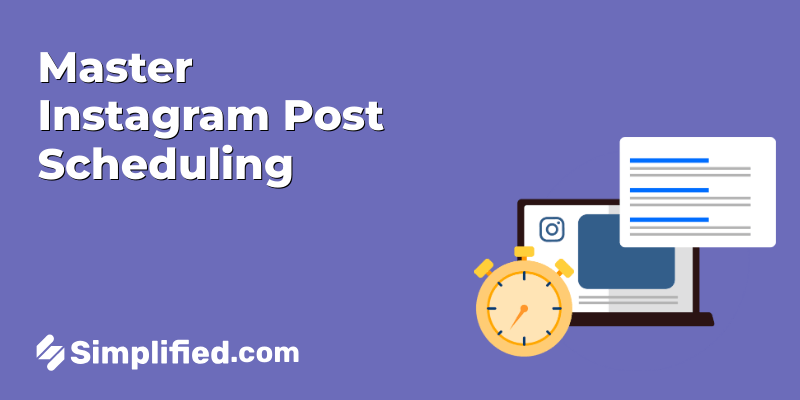

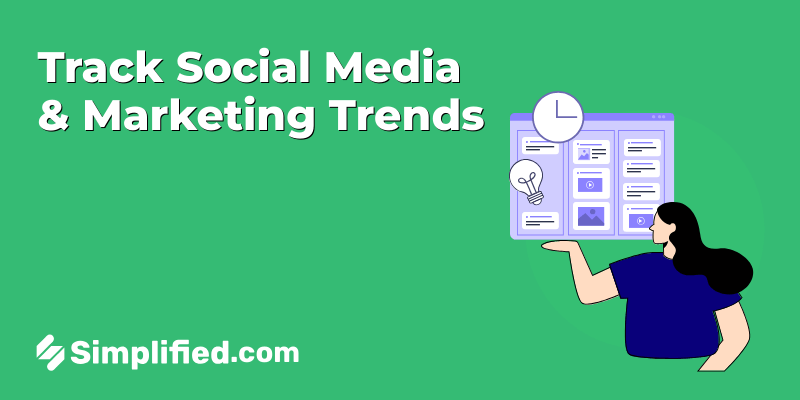
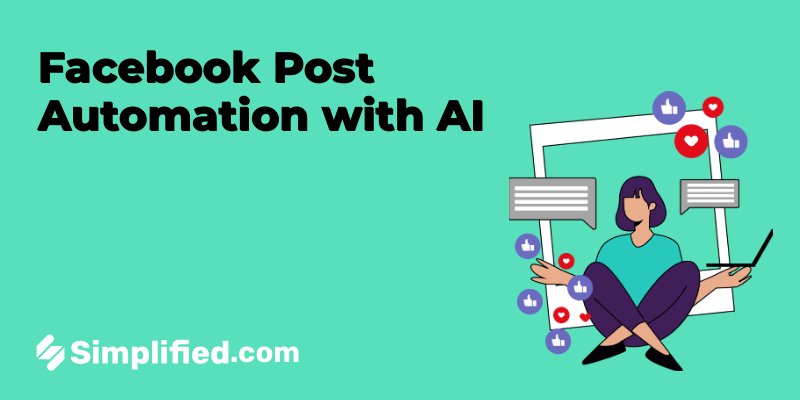
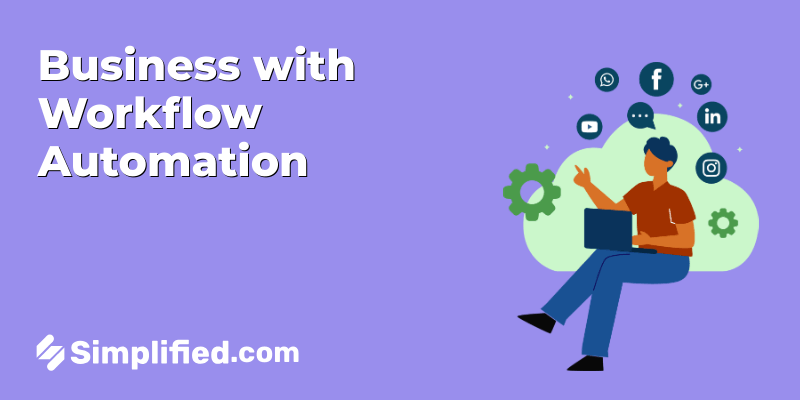
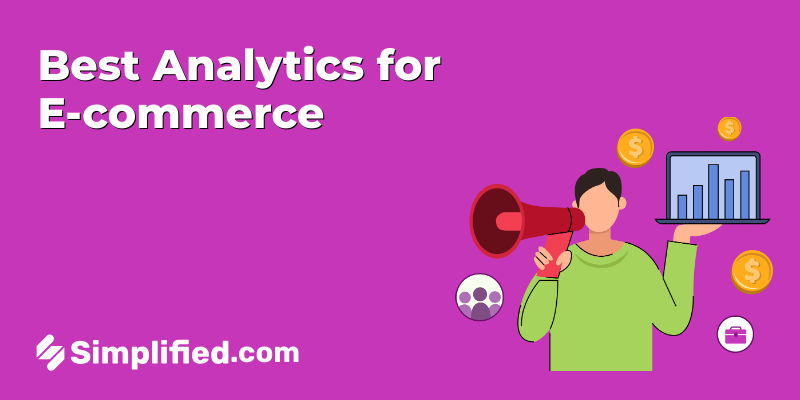
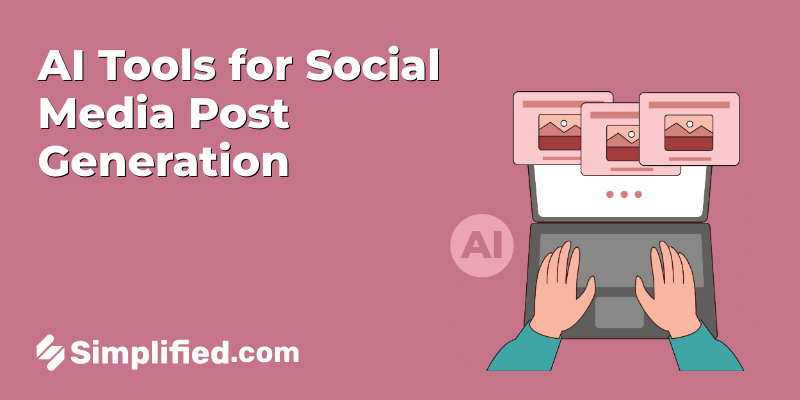
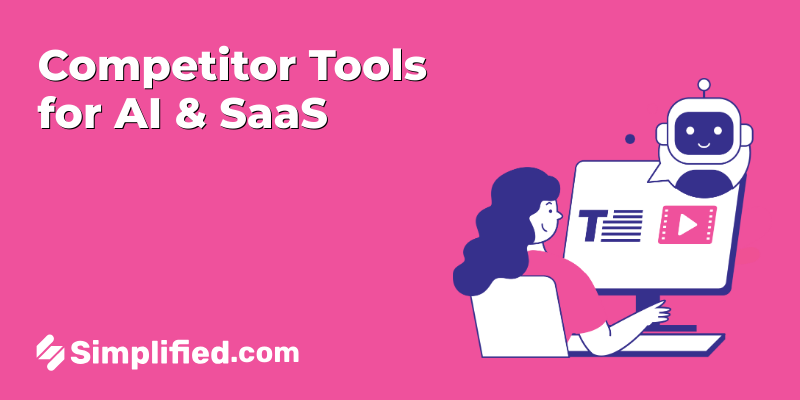
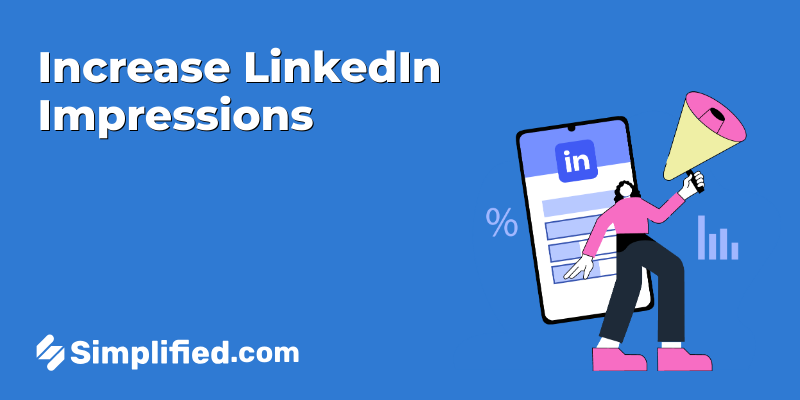

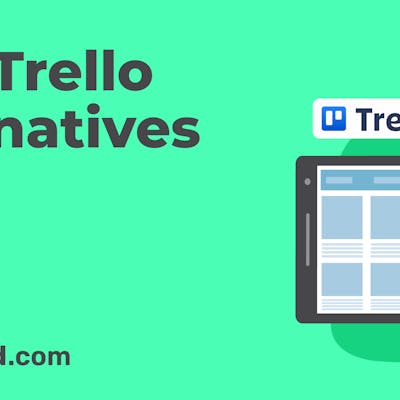

![13 Project Management Software & Tools for Creative Agencies [Free & Paid] 13 Project Management Software & Tools for Creative Agencies [Free & Paid]](https://siteimages.simplified.com/blog/Advertising-Agency-Project-Management-Softwares-01.png?auto=compress&fit=crop&fm=png&h=400&w=400)
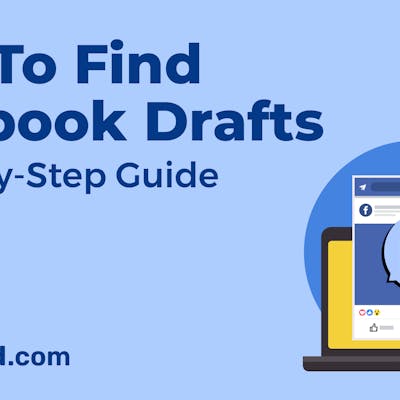

![How to Find Your Drafts on Instagram: Posts, Reels & Stories [2025] How to Find Your Drafts on Instagram: Posts, Reels & Stories [2025]](https://siteimages.simplified.com/blog/How-to-Find-Your-Drafts-on-Instagram-Ultimate-Guid-01-1.png?auto=compress&fit=crop&fm=png&h=400&w=400)
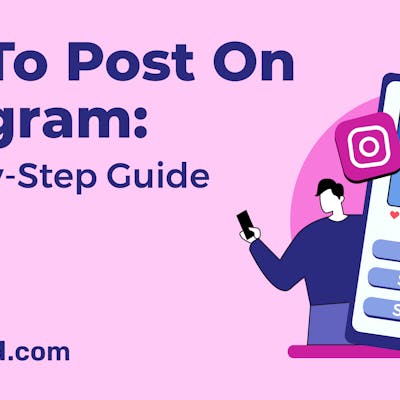
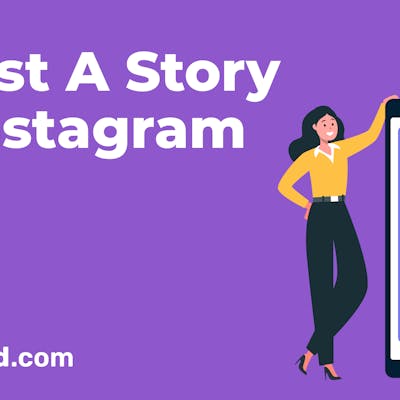

![20+ Top monday.com Alternatives In 2025 [Free & Paid] 20+ Top monday.com Alternatives In 2025 [Free & Paid]](https://siteimages.simplified.com/blog/Top-Project-Management-Tools-01-1.png?auto=compress&fit=crop&fm=png&h=400&w=400)
